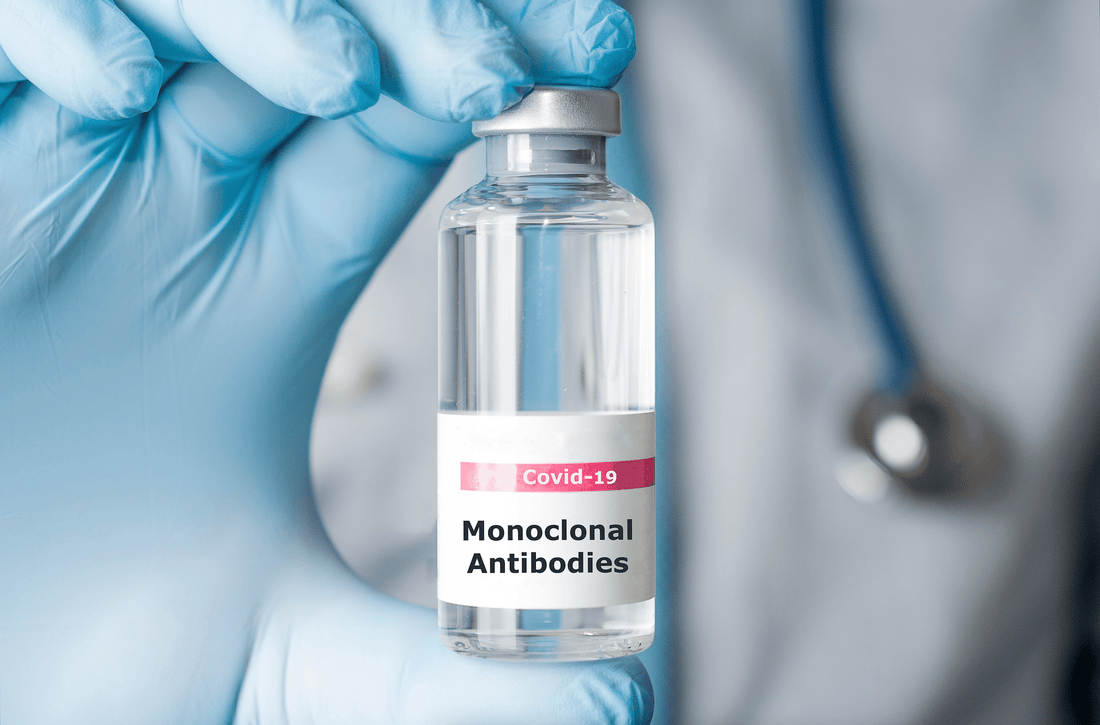Monoclonal antibodies(mAbs) are synthetic molecules made in a laboratory that are used to mimic the body’s natural antibodies. They are used to treat many immune-compromising conditions such as cancer. However, antibodies are extremely fragile specimens and if not housed properly, they can become irreversibly damaged.
Specific Storage Recommendations to Consider
- Most antibodies are quite robust and should retain functional activity if kept refrigerated at 2—8°C for up to 12 months.
- Monoclonal antibodies can be stored at -20°C in 50% glycerol. It is also reported that monoclonal antibodies can be stored under saturated ammonia sulfate as pellets at 4°C or -20°C for many years without loss of activity, bacterial outgrowth, or oxidation.
- Repeated freeze and thaw cycles can result in irreversible damage. It causes them to denature and form aggregates that prevent binding. Scientific experts agree that temperatures above 65°C will likely result in damage.
- Experts recommend housing antibodies in single-use type aliquots to prevent freeze/thaw cycling.
- The more dilute the antibody solution, the more unstable it is. Therefore, it is recommended to store it in concentrated solutions. *The optimal concentration levels may vary per antibody type. Check guidance literature for best results.
- Do not freeze enzyme-conjugated antibodies, instead maintain them at 4°C refrigeration temperature.
- IgG3 isotype antibodies tend to form aggregates upon thawing. It is recommended to store at a consistent refrigeration level of 4°C.
Many antibodies intended for labeling experiments are conjugated with fluorescent dyes. Light exposure can bleach these dyes and dramatically reduce their fluorescence. Protecting conjugated antibodies from light exposure by storing them in dark vials or vials covered with aluminum foil is recommended.
Frequently Asked Questions
How long will antibodies survive if stored at room temperature?
Generally, antibodies can be left at room temperature for up to a week without loss of activity. However, long storage periods at room temperature or higher are not recommended.
Why can’t you use less expensive residential-type refrigerator systems to house antibodies?
When storing antibodies below zero, it is important not to use frost-free refrigerators. Many household refrigerators have a frost-free feature that occasionally performs freeze-thaw cycles to prevent frost formation. These repeated freeze-thaw cycles can compromise function and stability.
What is the average shelf life of monoclonal antibodies?
Antibodies have variable shelf-life depending on the type, but they’re generally kept with glycerol or sucrose to prevent aggregation and promote functional longevity. While shelf life can differ, many that are kept at ideal conditions: temperature, pH, desiccation, and lighting specifications recommended by the manufacturer can remain functional for more than a year.
What are the contributing factors that lead to monoclonal antibody instability?
- Oxidation - Oxidation reactions can occur if there is a presence of free radicals, light, and/or trace amounts of metal ions.
- Hydrolysis – A chemical process that affects the primary structure of a protein. Hydrolysis can result in loss of protein conformation and mAb function. Structural changes have been noted in literature to occur in temperatures @5°C.
- Physical Instability - During the transportation, processing, and handling of proteins, changes in their molecule structure may occur.
- Elevated Temperatures - Studies have shown that a mAb exposed to 40°C for 6 months mainly showed deamidation and hydrolysis.
Partnering with K2 Scientific for Customized Cold Storage Solutions
K2 Scientific has Energy Star™ certified, cold storage systems that are specifically designed to optimize the health of scientific specimens and solutions. We don’t recommend using basic refrigeration systems as they are not equipped with the same important features as their commercial counterparts. Our professional cold-storage devices are certified as laboratory/medical grade. They are engineered for the highest temperature stability and cabinet uniformity. K2 units offer unique specifications such as:
Ample Inventory Space
Since most antibody collections are aliquoted into small vials, the selection of your laboratory cold storage units should feature sufficient space for housing multiple types of biomaterials. It might be necessary as well to have more than one unit for various temperature needs. Footprint also matters. We carry many under counter units as well as large cold storage units with glass doors which may facilitate organization efforts. I.e., easy view of labels, etc.
Temperature Management and Alert Systems
We offer sophisticated solutions such as digital probes and alert systems to warn against temperature fluctuations. We also offer rapid cool-down systems to offset frequent door openings.
Self-closing doors and locks
Most laboratory SOP outlines protocols for the safe handling of all biomaterials. However, it is good practice to select a system that can help guard against doors left open or other unforeseeable events that may compromise antibody inventory.
Proper refrigeration paired with careful training ensures your antibody inventory can be properly maintained and used for all your scientific research and development needs. It is our commitment to partner with our scientific counterparts, and assist with your clinical design cold and frozen storage needs.
We invite you to shop the K2 Scientific product line and learn more by contacting one of our representatives. Call 800-218-7613 or email us at info@k2sci.com
References:
1.Laptoš T, Omersel J. The importance of handling high-value biologicals: Physico-chemical instability and immunogenicity of monoclonal antibodies. Exp Ther Med. 2018;15(4):3161-3168. doi:10.3892/etm.2018.5821
2.Lazar KL, Patapoff TW, Sharma VK. Cold denaturation of monoclonal antibodies. MAbs. 2010;2(1):42-52. doi:10.4161/mabs.2.1.10787
3.Ferraz, A.S., Belo, E.F., Coutinho, L.M. et al. Storage and stability of IgG and IgM monoclonal antibodies dried on filter paper and utility in Neisseria meningitidis serotyping by Dot-blot ELISA. BMC Infect Dis 8, 30 (2008)
